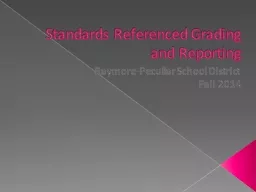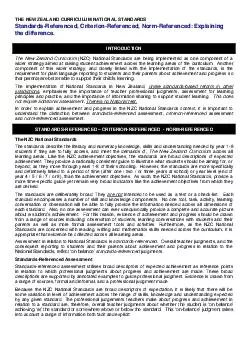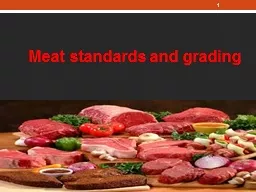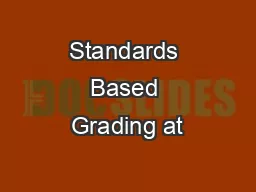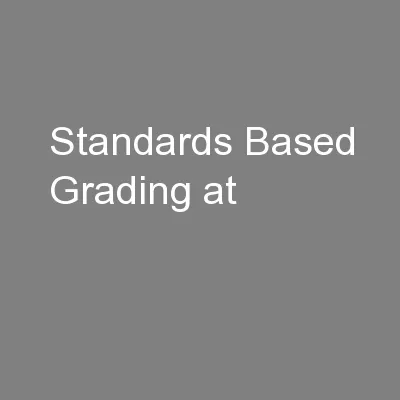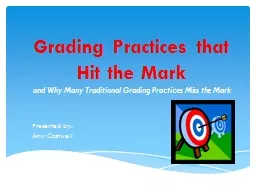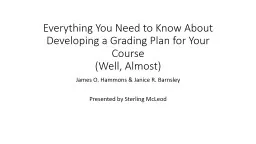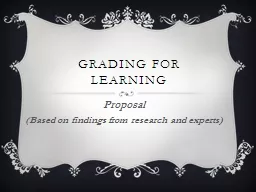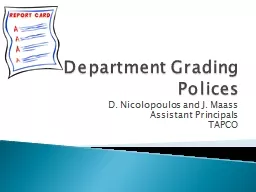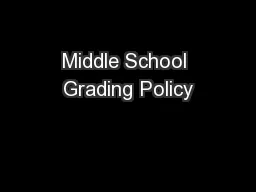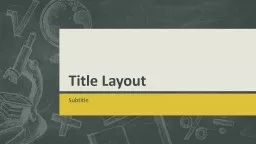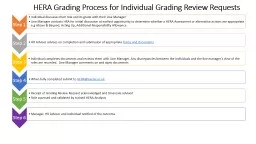PPT-Standards Referenced Grading and Reporting
Author : lois-ondreau | Published Date : 2016-12-09
RaymorePeculiar School District Fall 2014 What is StandardsReferenced grading and reporting Definition Feedback SRR is made up of marks on a scale from 1 to 4 Marks
Presentation Embed Code
Download Presentation
Download Presentation The PPT/PDF document "Standards Referenced Grading and Reporti..." is the property of its rightful owner. Permission is granted to download and print the materials on this website for personal, non-commercial use only, and to display it on your personal computer provided you do not modify the materials and that you retain all copyright notices contained in the materials. By downloading content from our website, you accept the terms of this agreement.
Standards Referenced Grading and Reporting: Transcript
Download Rules Of Document
"Standards Referenced Grading and Reporting"The content belongs to its owner. You may download and print it for personal use, without modification, and keep all copyright notices. By downloading, you agree to these terms.
Related Documents

